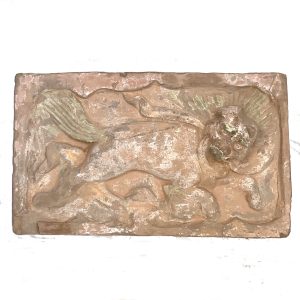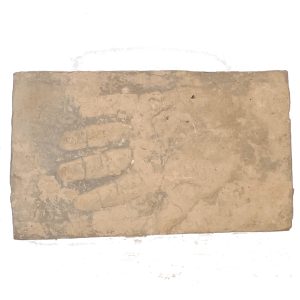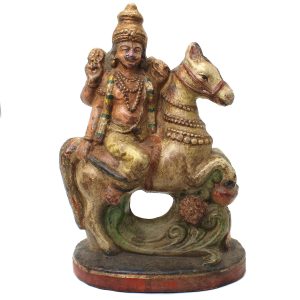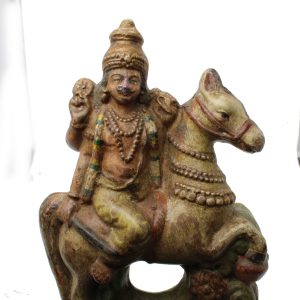-


$85.00
H: 2” W: 1.75” D: 4” | FREE SHIPPING WITHIN CONTINENTAL U.S.!
Antique and vintage ceramic tobacco pipes are part of a long cultural tradition of Burmese/Myanmar and Thai hill tribes. Mould made and adorned with intricate designs, a bamboo or metal stem was often inserted at the end through which smoke was drawn. This highly collectible antique item reflects hill-tribe skills creating decorative functional objects and would be a unique gift for any pipe smoker, but, like all antique items, we recommended it be used as a decorative item.
-


$105.00
H: 1.875” W: 1.75” D: 4” | FREE SHIPPING!
Antique and vintage ceramic tobacco pipes are part of a long cultural tradition of Burmese/Myanmar and Thai hill tribes. Mould made and adorned with intricate designs, a bamboo or metal stem was often inserted at the end through which smoke was drawn. This highly collectible antique item reflects hill-tribe skills creating decorative functional objects and would be a unique gift for any pipe smoker, but, like all antique items, we recommended it be used as a decorative item.
-


$85.00
H: 2” W: 1.75” D: 4” | FREE SHIPPING!
Antique and vintage ceramic tobacco pipes are part of a long cultural tradition of Burmese/Myanmar and Thai hill tribes. Mould made and adorned with intricate designs, a bamboo or metal stem was often inserted at the end through which smoke was drawn. This highly collectible antique item reflects hill-tribe skills creating decorative functional objects and would be a unique gift for any pipe smoker, but, like all antique items, we recommended it be used as a decorative item.
-


$395.00
In China a set of earthenware Zodiac attendant figures was made as a 12 piece grouping, with each figure holding a small calendar animal with each year represented by a different animal – rat, ox, tiger, rabbit, dragon, snake, horse, goat, monkey, rooster, dog, and pig or boar – in a repeating 12-year cycle. Although…
-
Sale!


$485.00 Original price was: $485.00.$395.00Current price is: $395.00.
The Song dynasty (960–1279) is considered the most culturally brilliant era in later imperial Chinese history. A massive expansion during this dynasty produced government, public and religious buildings and tombs with walls decorated with earthenware unglazed mold-made brick tiles. Some were purely decorative and others were wishes for happiness and comfort in the deceased’s afterlife…
-


$105.00
Earthenware terracotta pottery has played a significant role in the cultural, religious and artistic traditions of India for centuries. Indian terracotta images are considered spiritual, mystical and auspicious as Hindus believe terracotta incorporates the five natural elements of air, fire, earth, water and metal. Made with a bivalve mould that is hand luted and hand…
-


$145.00
Earthenware terracotta pottery has played a significant role in the cultural, religious and artistic traditions of India for centuries. Indian terracotta images are considered spiritual, mystical and auspicious as Hindus believe terracotta incorporates the five natural elements of air, fire, earth, water and metal. Made with a bivalve mould that is hand luted and hand…
End of content
End of content













